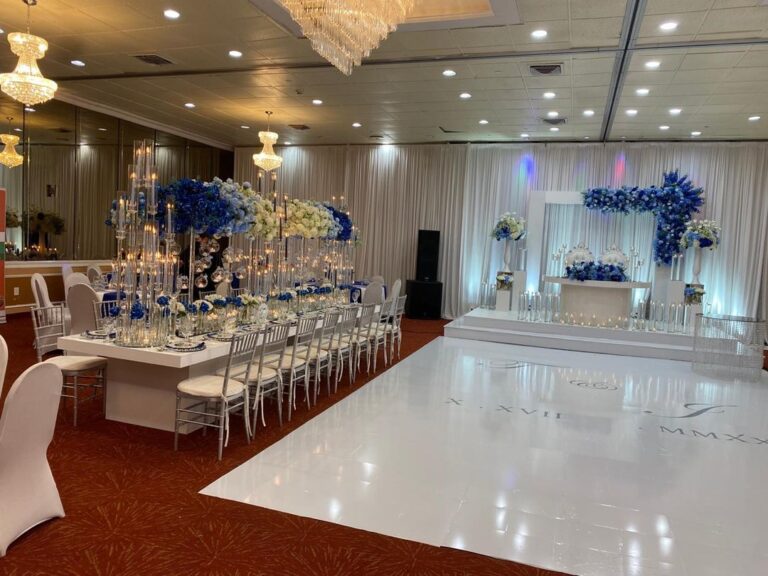The Revolutionary Strength for Illumination in Elevating Dance Surface Aesthetics
The Revolutionary Strength for Illumination in Elevating Dance Surface Aesthetics
Blog Article
Lighting plays a critical role in shaping the atmosphere of a dance floor. It can transform a basic space into an dynamic environment that improves the overall encounter for performers and spectators alike. The appropriate lighting can impact the vibe, energy, and even the form of the performance being executed. By using various types of lighting, such as focused lights, colored illumination, and strobe effects, event planners can create a lively setting that enthralls the spectators and promotes involvement.
One of the main functions of lighting on a dancing area is to showcase the performers. Spotlights can be used to direct attention on individual dancers or teams, making them the center of attraction. This method not only displays their actions but also adds a dimension of drama to the performance. When dancers are illuminated properly, their expressions and skills become more apparent, allowing the audience to appreciate their abilities. This targeted lighting can also help to create a narrative, guiding the spectators through the show.
In furthermore to highlighting performers, colored illumination can significantly affect the mood of the dancing area. Different colors evoke different emotions; for example, warm colors like red and amber can create a sense of excitement and vitality, while cooler colors like azure and emerald can encourage tranquility and relaxation. By strategically using colored lights, event planners can control the environment to align with the concept of the visit site occasion or the style of the dance. This thoughtful approach to lighting design can enhance the complete encounter for all involved.
Strobe lights and other dynamic lighting features can also add thrill to a dancing area. These features can generate a sense of rhythm and movement that complements the music being performed. When timed with the rhythm, flashing lights can make the dance floor feel alive, encouraging dancers to groove in time with the flashing lights. This interaction between light and sound can boost the vitality of the occasion, making it more enjoyable for both performers and spectators. The use of such effects requires thoughtful consideration to ensure they improve rather than distract from the performance.
Finally, the complete setup of the lighting setup is essential for creating a unified look on the dancing area. A well-thought-out lighting plan considers the configuration of the area, the kind of performance being performed, and the audience's encounter. By combining different lighting methods, such as background lighting, accent lighting, and special effects, planners can design a visually stunning setting. This focus to detail not only enhances the show but also creates a lasting impact on the spectators, making the occasion unforgettable. In conclusion, the transformative influence of lighting is essential in improving dance floor aesthetics, creating an captivating and enjoyable experience for everyone.